Hurricane Joaquin has strengthened to a dangerous Category 3 major hurricane and will likely reach category 4 status over the next couple of days.
The uncertainty in the path of Joaquin, large due to the European model’s departure from all other major weather models, has the National Weather Service and National Hurricane Center working overtime to feed their computer models extra data in hopes of clarifying the path of Joaquin.
The European model is consistently the best model in the world and has been vastly different in how it handles Joaquin. On Wednesday, most models took Joaquin onshore in the Mid-Atlantic states, while the European kept Joaquin well out over the Atlantic.
Overnight, a few of the major American models, including its flagship model, the GFS, made a major jump towards the east. It is possible that the extra data being fed to the models has caused this shift, but it now presents three distinct possibilities.
The first scenario (green arrow), is the European’s consistent eastward track closer to Bermuda than the United States. This track would have no direct impact on the United States, though rain across the Mid Atlantic and Carolinas would still be likely this weekend as an indirect impact from Joaquin.
The second scenario (orange) was a concern early in the forecasting of Joaquin and has resurfaced due to the eastward jump in the GFS and other models. This path would take Joaquin towards New England, with either a direct hit from the south or a near miss to the east. The impacts this path would have could be significant if a direct hit occurred, or could be minimal with a near miss.
The last scenario (red) would be a national disaster, as Joaquin moves into the Carolinas and Mid-Atlantic as a major hurricane. The worst scenario would be a path up the Chesapeake Bay, which could cause massive flooding across the Mid Atlantic, including in metro-Washington DC. The cost of this storm would likely eclipse a billion dollars in this scenario.
For the Finger Lakes, scenarios 1 and 2 bring little to no direct impacts to the region. Scenario 3 would likely bring a light to moderate rain event early next week, perhaps with some wind as well. A major impact in our region seems less likely, but at this point, should not be totally discounted.
Personally, my feelings lie in a path somewhere between scenario 1 and 2. The European has consistently enough outperformed all other models- including so far with Joaquin’s forecast- that it cannot be ignored, even as vastly different from the other models as it is. The eastward jump in a few of the other major models, in my opinion, is a telling sign that the European may be onto something.
This situation will continue to evolve over the coming days. While we in the United States fret about its path, please don’t forget the people of the Bahamas, which will be lashed with extreme wind, rain and storm surge for days as Joaquin slowly drifts across the islands before finally departing their region later Friday. For them, there is no doubt- Joaquin is a disaster already.

